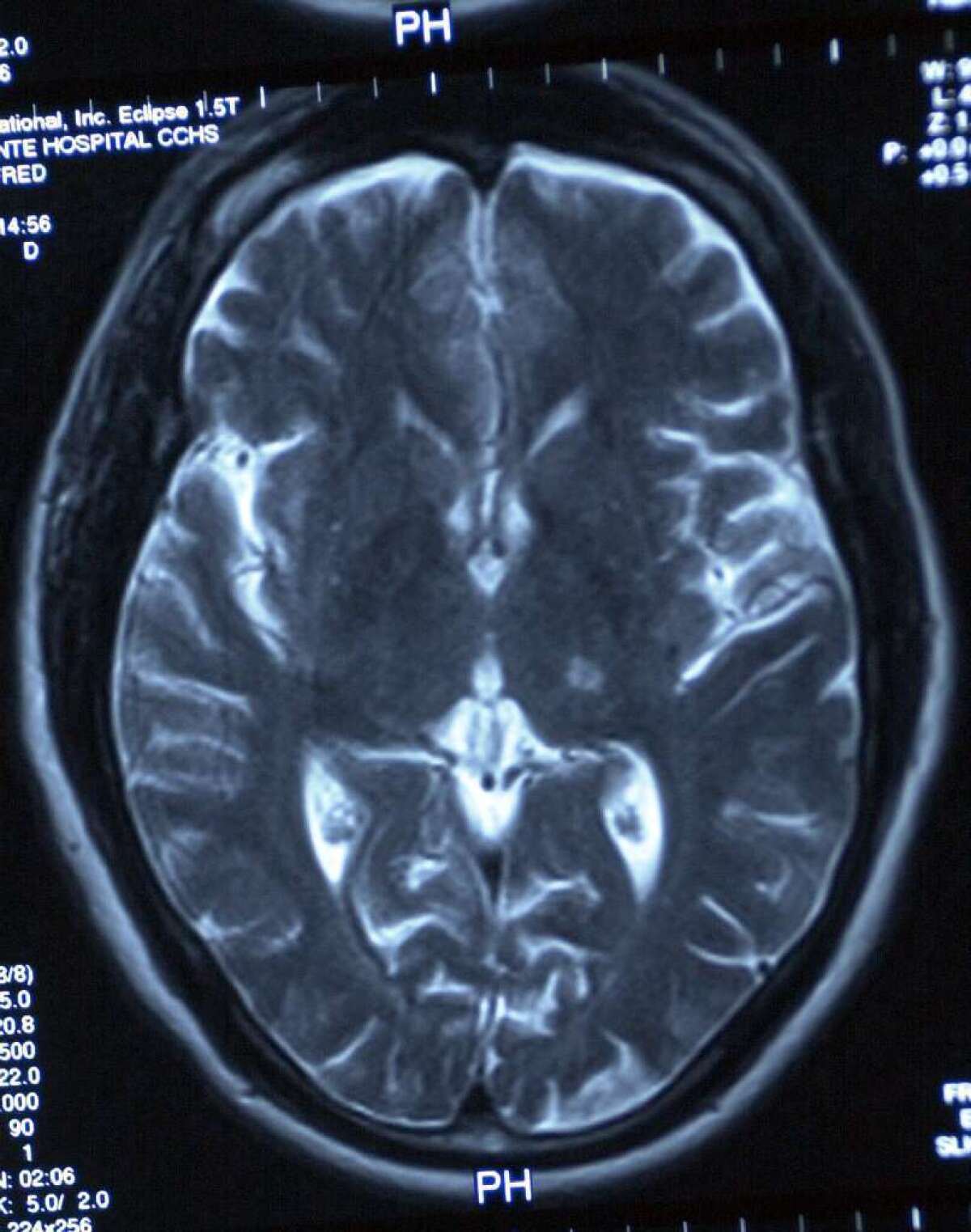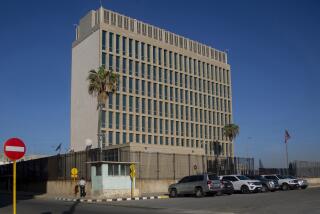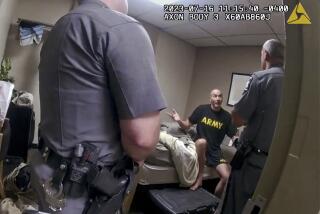1 in 4 stroke victims experiences PTSD, study finds

Post-traumatic stress disorder, known as PTSD, is not just a problem for military veterans, sexual assault survivors and other crime victims — it also plagues many stroke victims, according to new research.
The study, published online Wednesday in the journal PLOS One, reports that 23% of stroke and mini-stroke victims surveyed within one year of the event suffered from PTSD. In addition, 11% of stroke victims surveyed more than a year after the event reported that they experienced PTSD.
A stroke occurs when an artery carrying essential oxygen and nutrients to the brain is blocked or bursts, causing damage to the brain and potentially impairing speech, sight and motor control. A mini-stroke, also known as a transient ischemic attack, occurs in a similar way but lasts only a few minutes.
Strokes kill about 137,000 people per year in the United States and in 2010 led to $73.7 billion in healthcare costs.
The new research developed from a growing awareness that medical traumas can lead to PTSD. Study leader Donald Edmondson, an assistant professor at Columbia University, previously established that PTSD is common among heart attack survivors and that it is linked to an increased risk of later developing heart disease. This led his team to question how often stroke victims develop PTSD.
“For something especially acute and scary like a stroke, we wondered: Why couldn’t that be a trigger for PTSD?” said Dr. Ian Kronish, a general internist at Columbia and part of the research team.
PTSD is an anxiety disorder affecting about 7.7 million American adults. It is characterized by a traumatic event that leads to three families of symptoms: flashbacks and nightmares, avoidance of anything that triggers memories of the event, and hyper-vigilance.
Scouring medical publications, the team compiled as much information as they could about PTSD prevalence in stroke victims. They found nine completed studies that met their criteria. In seven of the studies, participants were diagnosed with PTSD through a screening questionnaire, while interviews with a clinician were used for diagnosis in the other two studies.
The data from the nine studies were combined for a total of 1,138 participants, all from the U.S. or Europe. All participants were assessed for PTSD between one and 60 months after the stroke.
PTSD appeared more commonly within a year of the stroke (23% of participants) than a year or more out (11%). Kronish was surprised by the findings.
“1 in 4 is a big number,” Kronish said about the studies examining PTSD within one year. “Until doing this research, I hadn’t really thought of PTSD being due to a medical event.”
One limitation of the study was that in several cases, participants were assessed for PTSD using questionnaires that had not been cross-validated with clinical interviews among stroke victims.
Future research aims to further examine the link between stroke and PTSD by following the same group of participants over time in order to specifically address whether the disorder increases the risk of additional strokes and heart disease.
Future research will also examine how mental health intervention may reduce symptoms specifically in stroke victims.
The study is available at the PLOS One website.
Return to Science Now.
Follow on Twitter: @BradBalukjian






